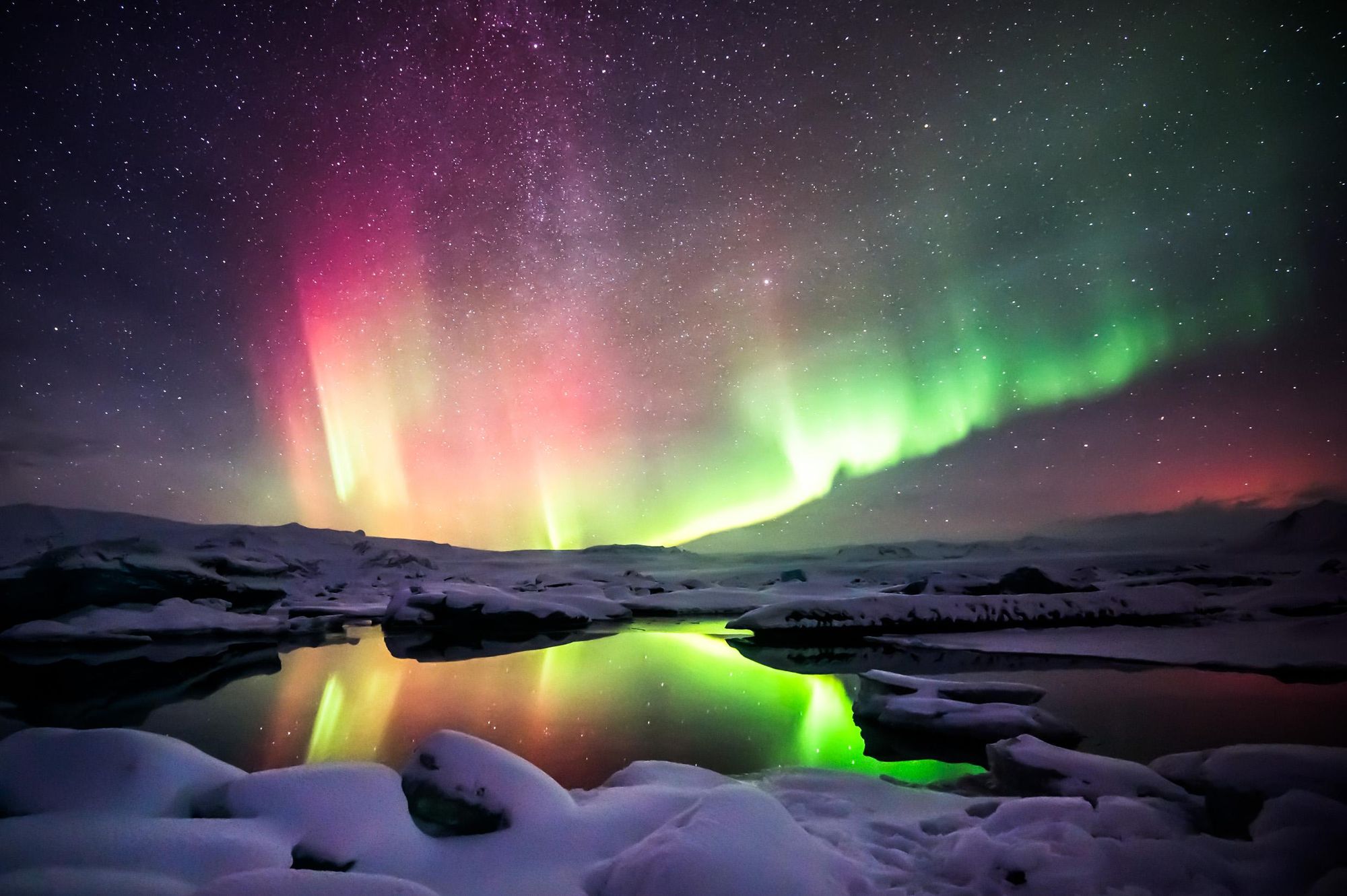If you dream of seeing the northern lights, it looks like 2025 could be your year.
This is because 2025, like 2024, is the solar maximum - the period of greatest solar activity within a solar cycle (which lasts approximately 11 years).
What’s a solar maximum, we hear you ask? And why on earth would that make the northern lights brighter, considering that they’re brightest at night? Well, make yourself a cuppa and settle into your favourite comfy spot, because we’re about to tell you…
What is the ‘Solar Maximum’?
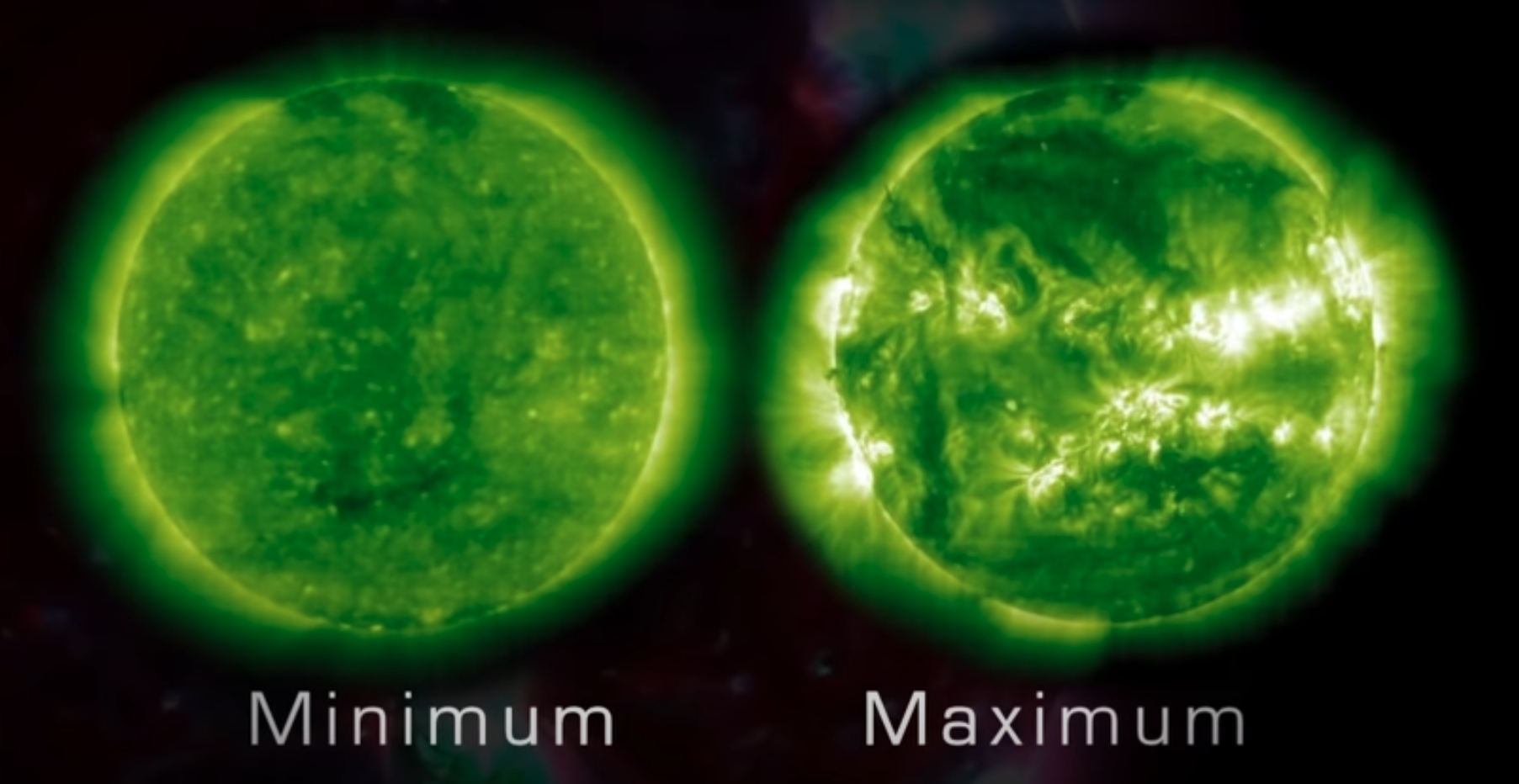
The solar maximum is the highest peak of activity during the solar cycle. The sun is a ball of electrically charged gases which generate a magnetic field as they move about - and this magnetic field goes through a cycle of activity, called the solar cycle, which has a duration of anything from nine to 14 years.
The absolute solar maximum is marked by the moment that the Sun's north and south poles switch places, but when people talk about the solar maximum they are referring to the period of enhanced solar activity before and after this takes place. During a cycle, the number of sunspots - which is a good indicator of solar activity - increases during the solar maximum, and decreases during the solar minimum. The number of sunspots is also a way of measuring the overall intensity of a particular solar cycle.
The upcoming solar maximum, Solar Cycle 25, reached peak activity between January and October of 2024, and was much more active than previously expected. The more solar activity there is, the brighter the aurora displays are - which is why people in the United Kingdom and other spots outside the Arctic Circle were treated to dazzling displays in winter 2024.
Why Were There Brighter Northern Lights in 2024?
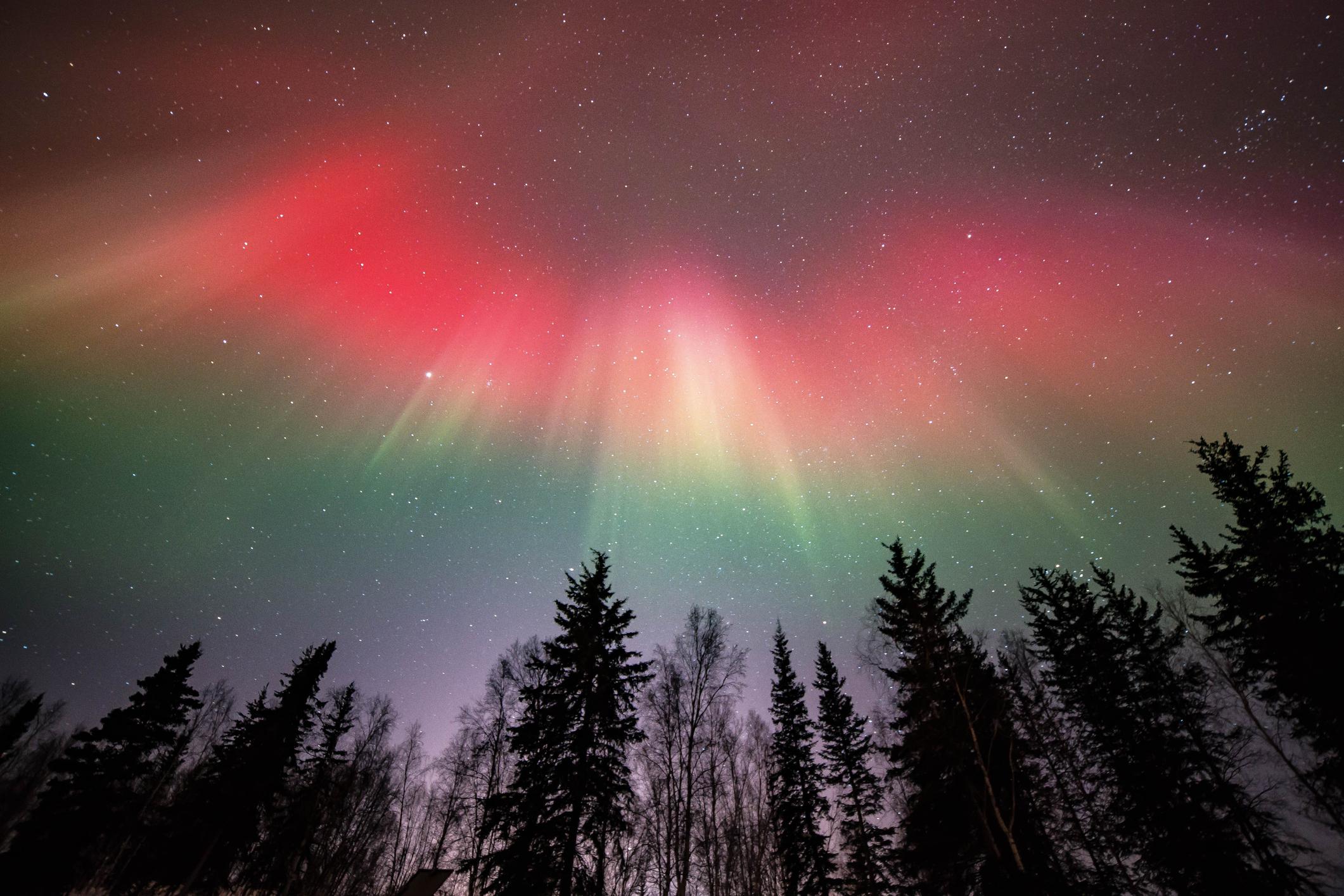
The northern lights are actually caused by activity on the surface of the sun. Sunspots are particularly active areas, which ‘burp’ out streams of electrically charged particles, known as solar wind. These particles stream towards earth and are captured at the north and south poles, where the earth’s protective magnetic field is at its weakest. The particles interact with gases inside the earth’s atmosphere, which results in the beautiful light displays of the aurora. When they interact with oxygen, the lights will be green; with nitrogen, blue and purple.
During the solar maximum of 2024 there were an increased number of sunspots, which means more solar wind and more charged particles entering the atmosphere. Aurora displays were more frequent and intense, and visible at lower latitudes. If you lived in the United Kingdom, you might have seen the vibrant scarlet aurora displays, which occur when particles interact with very high altitude oxygen - this only happens when the aurora is particularly energetic.
Of course, even though it’s solar maximum, the usual advice for seeing the northern lights still applies: you’ll need to be away from any light pollution, and it needs to be a cloudless night.
Will I Be Able to See the Northern Lights in 2025?
Yes, 2025 will be a good time of year to see the northern lights, as solar activity is still very high.
Best Places to See the Northern Lights in 2025
With an increased likelihood of vivid aurora displays, 2025 is the ideal time to go on a northern lights holiday in Europe . Here are a few of our favourite countries for northern lights viewing.
Norway
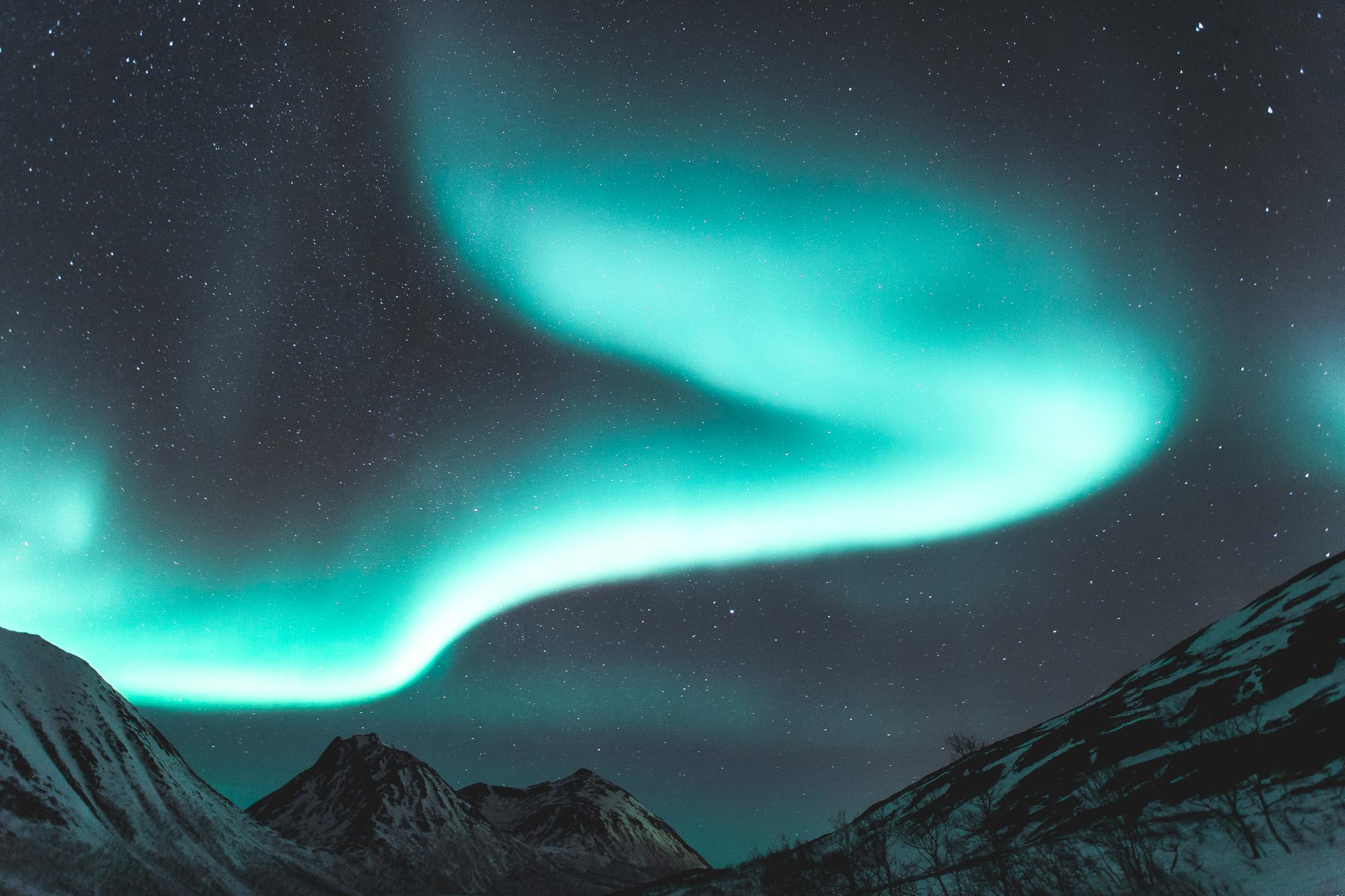
With its deep fjords, Arctic wilderness and remote archipelagoes, Norway is a brilliant place to visit even without the northern lights. But it’s also a good place to see them, especially in the northern parts of the country. The Lofoten Islands and Svalbard, an archipelago below the north pole, see particularly spectacular displays. We’d also recommend Tromsø on the mainland, which is positioned directly below the Auroral Oval.

Iceland
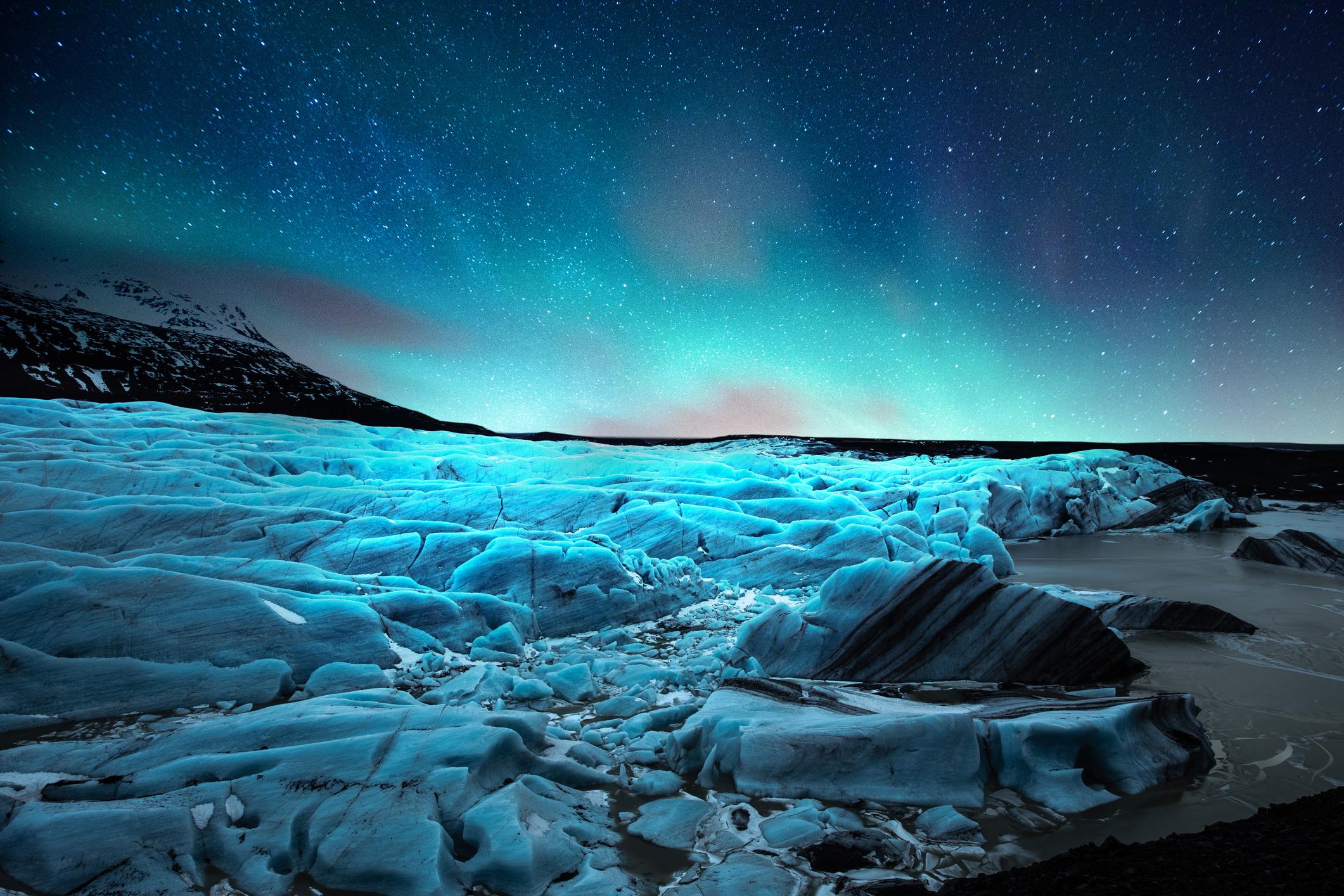
The ‘Land of Fire and Ice’ is well known for its spectacular northern lights displays. It’s also the least densely populated country in Europe, meaning plenty of dark skies! Head to the south coast of Iceland to hunt the aurora on the black sand beaches of Vik and Reynisfjara, or to the wilds of Vatnajökull National Park.

Finland
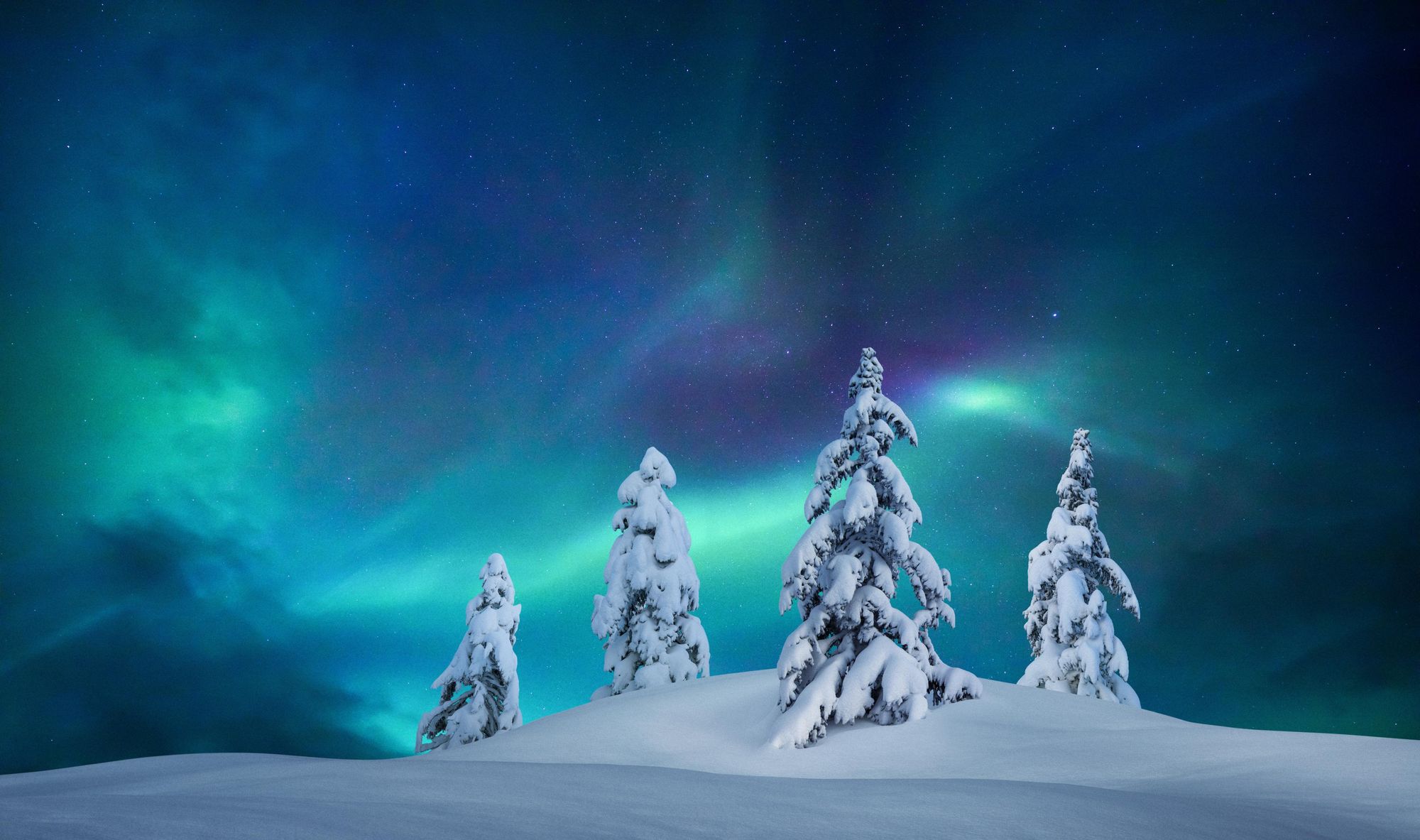
Parts of Finland lie above the Arctic Circle - at these altitudes, you’ve got a great chance of seeing the northern lights! We particularly like heading out to Pyhä-Luosto National Park in Finnish Lapland, where you can enjoy ice climbing and snowshoeing alongside vibrant displays of the northern lights.
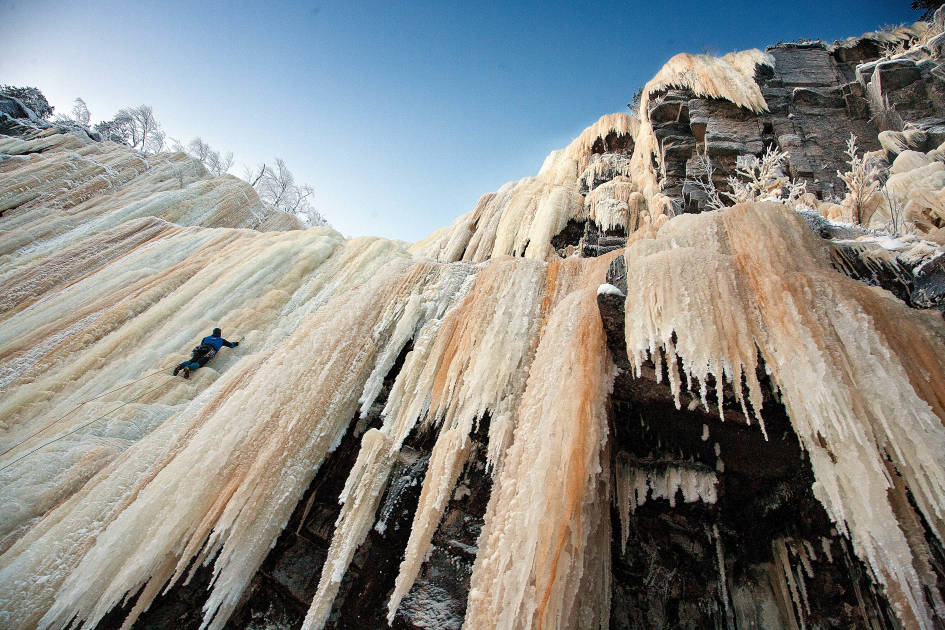
Related Content
- Where are the Northern Lights? When and Where to See the Aurora Borealis
- 5 Tips for seeing the Northern Lights in the Norwegian Fjords
- 10 of the Most Frequently Asked Questions About the Northern Lights
- Can You See the Northern Lights in Europe in Summer?
Inspired? Check out our northern lights adventures in 2025 and beyond!


